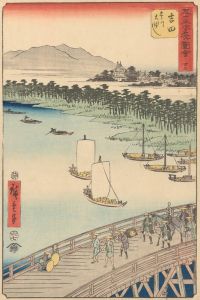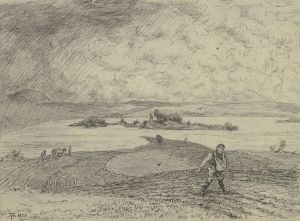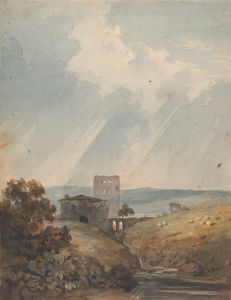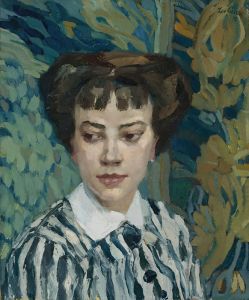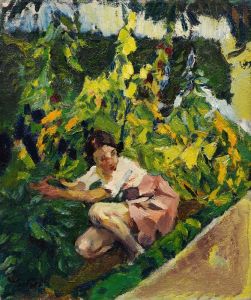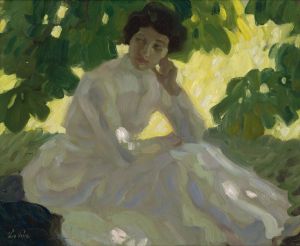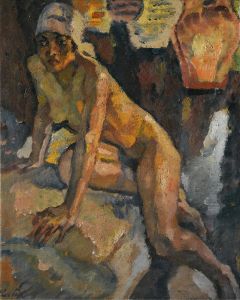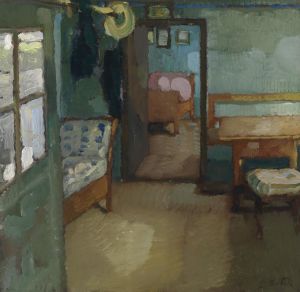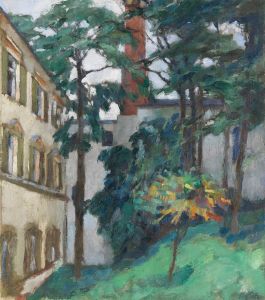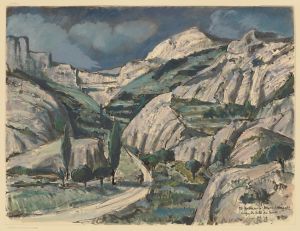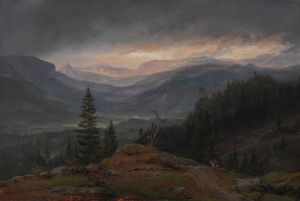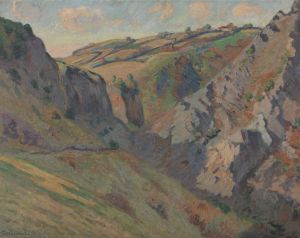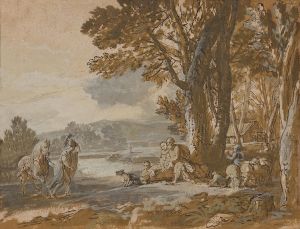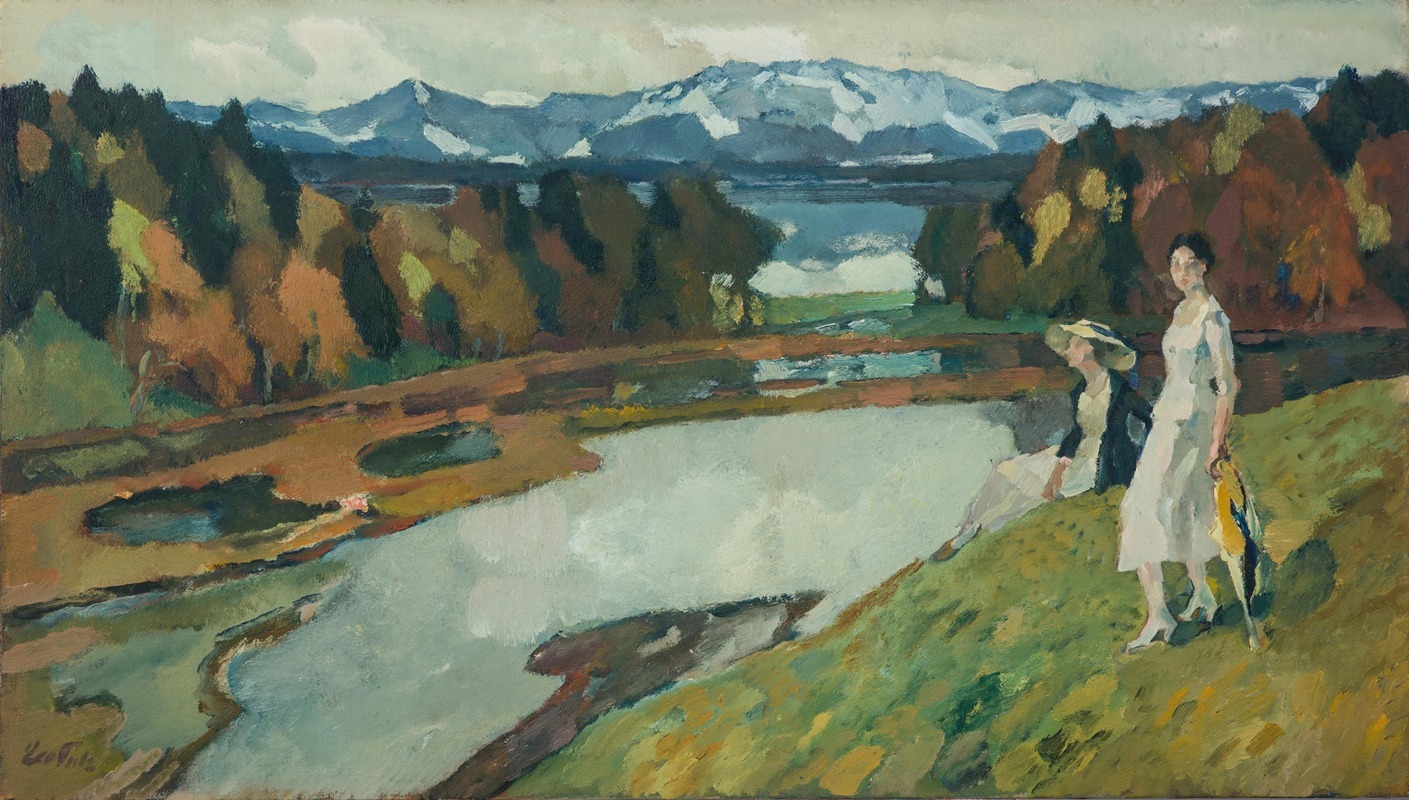
Föhn, Kampenwand, Chiemsee
A hand-painted replica of Leo Putz’s masterpiece Föhn, Kampenwand, Chiemsee, meticulously crafted by professional artists to capture the true essence of the original. Each piece is created with museum-quality canvas and rare mineral pigments, carefully painted by experienced artists with delicate brushstrokes and rich, layered colors to perfectly recreate the texture of the original artwork. Unlike machine-printed reproductions, this hand-painted version brings the painting to life, infused with the artist’s emotions and skill in every stroke. Whether for personal collection or home decoration, it instantly elevates the artistic atmosphere of any space.
Leo Putz was an Austrian-German painter known for his contributions to Impressionism and Art Nouveau. One of his notable works is "Föhn, Kampenwand, Chiemsee," which captures the serene and picturesque landscape of the Chiemsee region in Bavaria, Germany. This painting is an exemplary piece that showcases Putz's skill in portraying natural light and atmosphere, characteristic of the Impressionist movement.
The title of the painting, "Föhn, Kampenwand, Chiemsee," refers to specific elements within the composition. The "Föhn" is a type of warm, dry wind that occurs in the Alps, known for its ability to create clear skies and vibrant colors, which Putz effectively captures in his work. The "Kampenwand" is a notable mountain in the Bavarian Alps, providing a dramatic backdrop to the scene. The "Chiemsee" is a large freshwater lake in Bavaria, often referred to as the "Bavarian Sea," and is a popular subject for artists due to its scenic beauty.
Putz's painting is celebrated for its dynamic composition and use of color. The artist employs a palette that reflects the natural hues of the landscape, with blues and greens dominating the canvas, punctuated by the warm tones of the föhn wind's effect on the environment. The brushwork is loose and fluid, a hallmark of Impressionism, allowing the viewer to feel the movement of the wind and the tranquility of the lake.
Leo Putz was born in 1869 in Merano, which was then part of the Austro-Hungarian Empire. He studied at the Academy of Fine Arts in Munich, where he was influenced by the burgeoning Impressionist movement. Putz became a member of the Munich Secession, a group of artists who sought to break away from traditional academic art and explore new styles and techniques. His work often focused on landscapes and figures, capturing the interplay of light and shadow with a keen eye for detail.
"Föhn, Kampenwand, Chiemsee" is a testament to Putz's mastery of landscape painting. The painting not only reflects the natural beauty of the Bavarian region but also Putz's ability to convey mood and atmosphere through his art. His work is characterized by a sense of immediacy and intimacy, drawing the viewer into the scene and inviting them to experience the landscape as he did.
Throughout his career, Putz exhibited widely and gained recognition for his contributions to modern art. His works are held in various collections and continue to be studied for their artistic and historical significance. "Föhn, Kampenwand, Chiemsee" remains a significant piece within Putz's oeuvre, exemplifying his skill and the influence of Impressionism on his artistic development.
In summary, "Föhn, Kampenwand, Chiemsee" by Leo Putz is a remarkable painting that captures the essence of the Bavarian landscape through the lens of Impressionism. Putz's use of color, light, and composition creates a vivid and engaging portrayal of the natural world, reflecting both the beauty of the region and the artist's unique vision.





